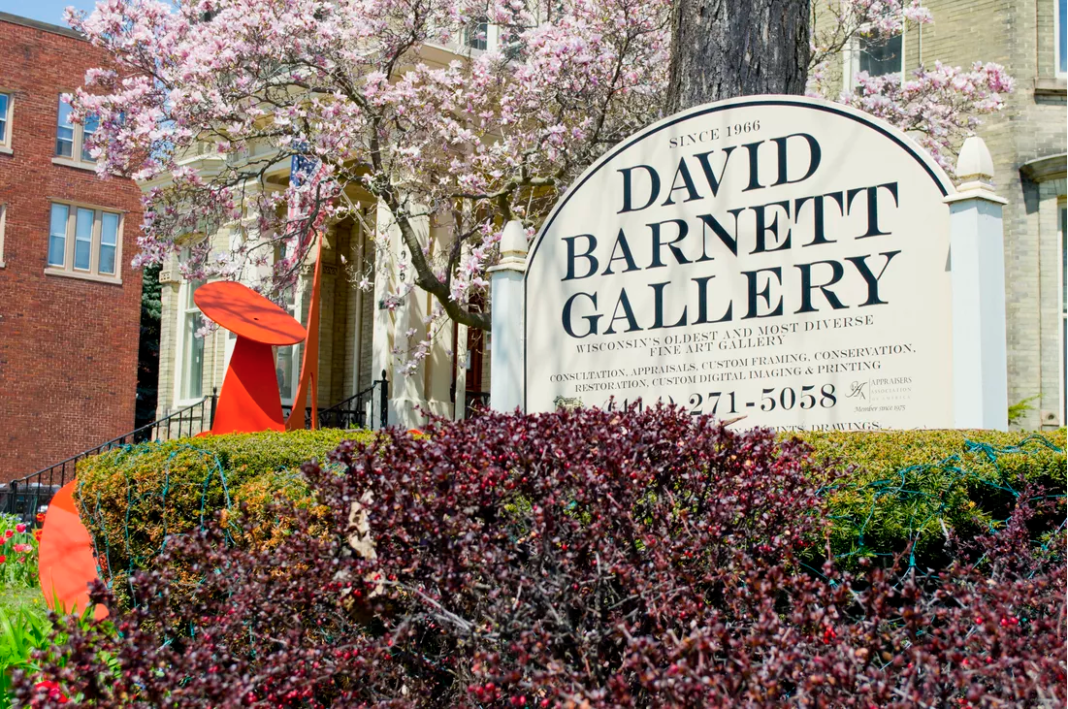ART APPRAISAL – ART VALUATION
“Art valuation, an art-specific subset of financial valuation, is the process of estimating the market value of works of art. As such, it is more of a financial rather than an aesthetic concern, however, subjective views of cultural value play a part as well.” Wikipedia
How do they work?
Appraisals are based on market research. This involves consulting auction records, private sales records, artworks currently for-sale, and more to find comparable objects to the object being appraised. Provenance, or history of ownership and of exhibitions, can also contribute to the value to an art object. Different research is emphasized for different types of appraisals. The appraisal includes a descriptive portion, detailing the factual elements of the piece being appraised, and then an opinion of the monetary value of the piece. Appraisals are typically good for ten years, though different appraisal users may need them to be updated more or less frequently based on their purpose and the market conditions for particular artists.
Why do I need an appraisal?
Insurance companies frequently require appraisals to insure valuable objects. An outside expert’s opinion has much weight when claims of damage or loss are made. When donating artwork, appraisals are necessary for the purpose of accurate tax deductions and evidence in the event of an audit. Many nonprofits that accept art donations also require an appraisal for their own records. You may also need an appraisal to know how much you should receive in the resale of a work of art, and can be used to your advantage in consignment negotiations. Lawyers may also request appraisals in division of property cases, as might the IRS in estate tax purposes.
How are appraisers certified? Who can become an appraiser?
Appraisers, in order to be members of and accredited by various appraisal associations (Appraisers Association of America, American Society of Appraisers, International Society of Appraisers, Appraisal Foundation, and more), have to take courses to receive their certification and complete continuing education classes to remain certified. Different appraiser associations have different requirements, but many also require an invitation to the association by a current member in order to guarantee that candidates for certification have a good reputation.
Many appraiser associations require and promote the Uniform Standards of Professional Appraisal Practice (USPAP). This is a set of rules, procedures, and clarifications for the legal and technical aspects of appraising. Appraisers with this certification are most trusted by the IRS for important tax purposes, and by insurance companies for claims.
Why is art worth x?
The value of art is an ever-changing and elusive thing to pin down. To explain it in terms of appraisals and market value, a work of art is worth what people have, in the past, paid for it. If someone purchases an artwork for $100,000 at an auction, an appraiser researching that artwork or other similar artworks would take that $100,000 sale into consideration. If an artwork does not sell at an auction, it essentially says to the market that the artwork is worth less than the starting price or low estimate. Estimates are frequently based on previous sales, though it is important to note that sometimes auction estimates are listed below market value as a way to entice more bidders. To an appraiser, an unbiased resource of market value, a work of art is worth what somebody paid for it.
However, pinning down the total value of an artwork does not have to stop at monetary value. For example, many people get significant enjoyment out of artwork and would factor that into the worth of the artwork. There may be significant and memorable stories attached to the artist, artwork, or purchase of the artwork that adds value. The artist may have been particularly influential to other artists and the course of art history, giving it historical value. An appraisal, because it is an objective and unbiased document, does not take into consideration these types of value, even though they may be important in choosing an artwork and wanting to evaluate it in the first place.
Is an appraisal the same as an authentication?
No, an appraisal is not the same as an authentication. Many appraisers perform the appraisals upon the assumption that the artwork is authentic. Authentications are performed on a case-by-case basis, and often involve more than one person working together to provide expertise and their opinion. Some appraisers can be authenticators because of their expertise in a certain artist’s work, but most do not authenticate art. Many are cautious of doing authentications at all nowadays because of the technology and information available to art forgers, and the high legal stakes behind the enormous value of certain artists’ (like Andy Warhol’s or Pablo Picasso’s) work.
From ArtNews: “In 2011, when the Warhol Foundation decided to shutter its Art Authentication Board, the reigning authority on Warhol authenticity, to focus on its grant-making activities, it said the move was in part motivated by a desire to avoid lawsuits from collectors who disagreed with its judgments. Subsequently, authentication boards for Jean-Michel Basquiat, Keith Haring, Robert Motherwell, Roy Lichtenstein, and Alexander Calder have followed suit.”
Is it worth it to have my art appraised?
This question often surfaces when discussing compensation for appraisal work. Many want to know: will the artwork be worth more than the cost of the appraisal? Unfortunately, this is not a question that can be answered until the appraisal is complete. In accordance with USPAP, an appraiser is not able to give opinions on the value of an artwork without doing appropriate market research, no matter how they may deliver that opinion. For example, if the appraiser’s quoted fee for appraisal research is $250, the appraiser cannot tell a client that their artwork will be worth more than that before doing the research itself.
Appraisers nearly always charge for appraisals based on either the amount of research required or a flat fee for certain types of pieces, and it is never based on the value of an artwork. An appraisal will cost the same whether the artwork is worth $100 or $100,000! If this were not the case, and the appraisal fee was based on the result, it would be a serious conflict of interest and against the USPAP code of ethics.
David Barnett Gallery email: [email protected] Phone: 1 (414) 271-5058
Art services
Art Dealers Association
Art Brokerage & Sales Services
Online Only Galleries
Art Collection & Gallery Management
Art Consultants
Art Conservation & Restoration Services
Bookbindery / Book Repair
Art Framing / Framing Supplies & Services
Art Shipping / Storage & Installation
Shipping Supplies
Art Supply Companies
Art Insurance
Fine Art Printers
Printing Services – Other
Art Fabrication & Art Publishing
Artwork & Artist Research
Art Education & Art Workshops
Arts Appraiser
Art Advisors













